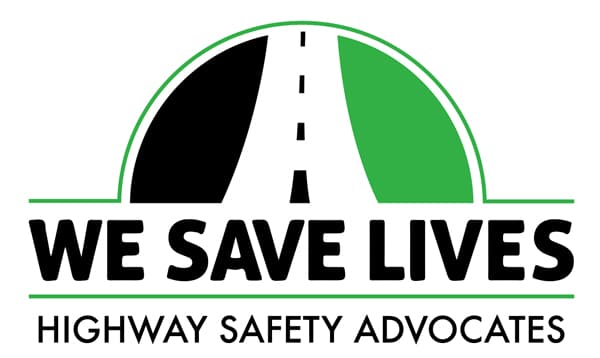
Freezing rain is perhaps the most deceiving and destructive of all winter precipitation. Here are 10 important tips to remember when driving in icy conditions.
- If you don’t have to drive, stay home! Ice and driving don’t mix, and in freezing rain conditions the roads become like a skating rink. If you’ve ever tried to walk across an ice rink, you know how difficult it is to avoid slipping.
- If you do have to drive, do so slowly and with extreme caution. Give your car a bit of gas but avoid braking if possible –- this can just cause your car to skid and you will lose control of the vehicle.
- Keep a large distance between you and the car in front of you. Since you want to avoid using your brakes, you will need to ease off the gas to slow your car which means your stopping distance will be much longer. The greater the distance between you and the other cars, the better.
- Leave extra time. You’ll need to drive more slowly, so leave extra time to reach your destination. Speeding just makes driving more dangerous for you and others on the road.
- Respect the salt/sand trucks. In bad weather the salt and sand trucks will be out in full force. They are there to make road conditions safer so you are actually safer behind them then trying to pass them. Be patient!
- Drive for the conditions. Snow tires and all-wheel drive vehicles can help in winter conditions, but you still need to drive with caution. Don’t think you can speed or fly past other vehicles –- you could end up in a collision or cause one.
- Use winter windshield wipers and fluid. In freezing rain conditions, the rain can freeze immediately on your windshield, decreasing visibility. Be sure to run the front window defroster and rear window defogger to help keep the rain from freezing on the windows. Windshield washer fluid with a freezing point of at least -40 degrees can also help. Winter wipers will help keep the wipers on the glass rather than running over ice that is forming.
- Never use cruise control on slippery roads: Patches of ice can cause unexpected wheel spin and use of cruise control can slow driver response.
- Avoid unnecessarily changing lanes: This increases the chances of hitting a patch of ice between lanes that could cause loss of vehicle control.
- Most of us like the sight of the icy stalactites or an icy curtain on buildings, but watch out when they fall. Due to their spear-like shape, they can pierce whatever they hit on the way down to the ground. Like snow, when ice comes down from office buildings, it can be damaging to cars and anything else that lies below.
Driving On Ice
If you discover that you’re driving on ice, there is one thing you must do before anything else – remain totally calm. Do NOT hit the brakes and don’t make any sudden movements with the steering wheel, even if you feel yourself sliding. The best thing to do is to slowly take your foot off the accelerator. Slow down as much as you can without putting yourself in danger of being rear-ended. Try to find a safe and secure location to park your vehicle, such as a parking lot. It is not recommended that you stop on the roadway, including the shoulder. The shoulder of the road can be extremely dangerous! Make sure all driving inputs are done in slow motion. No sudden movements. Unlike with snow where you can safely navigate through in most cases, when driving on ice, you should find a safe location to park as soon as possible. Ice is nothing to take a chance with.
Beware Of Ice On Bridges And Overpasses
We often see those warning signs about ice forming on bridges before the roadway, but since we see them so frequently, we often forget that ice really DOES form faster on bridges and overpasses. This is especially true for black ice. Whether the roadway has been treated or not, black ice can form (or reform) extremely quickly. When driving at or below freezing temperatures, be extremely cautious on bridges and overpasses, especially if they appear to be wet. The wet looking surface may actually be ice.
What is Black Ice?
By far, the most dangerous driving condition is driving on black ice, otherwise known as glare ice. Simply put, black ice is a thin layer of frozen water which contains very few air bubbles. The lack of bubbles in the ice cause it to be completely transparent. Since the ice is transparent, it simply takes on the same color as the surface it has attached itself to. For example, if you are on black pavement, it will simply look like the asphalt. The only real visual warning you will have is that the roadway will have a wet appearance. The same is true for any road surface, including light colored roadways such as concrete or even red brick roads. It doesn’t matter if the surface is black, white, orange, green, or any other color. This kind of ice is almost invisible to the naked eye on any surface.
Driving on ice is extremely dangerous and this kind of driving poses unique challenges and risks. Even the most skilled drivers tend to avoid driving when the roads ice up.
The Crash Support Network is a unique website consisting of an online support group, a Crash Survivor Blog written by a survivor, our Sharing Our Recovery Newsletter, informative articles and a Virtual Crash Memorial. Our website is based on relationship-building and puts the needs of survivors first by creating a helpful resource for victims and survivors of motor vehicle crashes.





